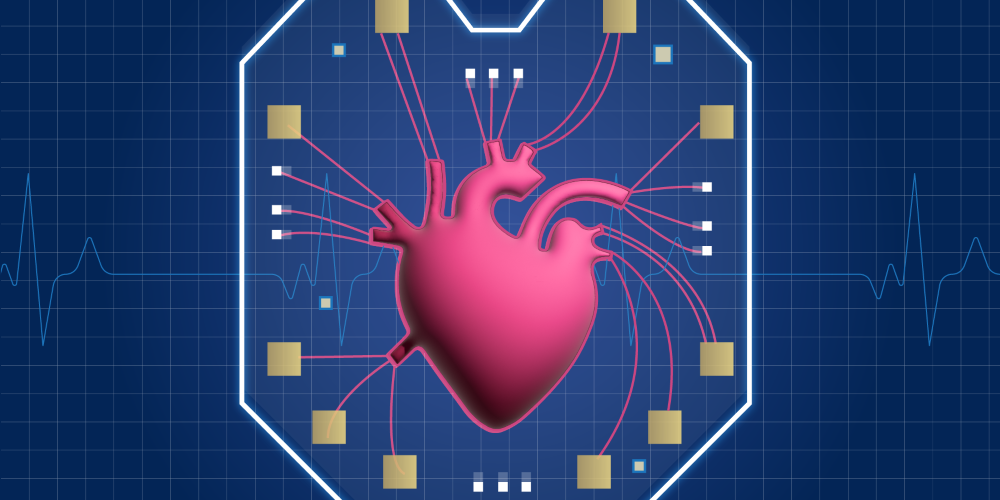In a major step forward in drug development, researchers at the National Institute of Standards and Technology (NIST) have developed a tool for building a system known as heart-on-a-chip (HoC). This technology seeks to address the limitations of conventional cardiovascular drug development, which relies heavily on animal testing. By replicating humanlike models for studying cardiovascular diseases, the HoC system holds the promise of helping to replace animal testing, shortening drug development timelines and reducing costs. The NIST team’s results were published in Lab on a Chip.
The HoC is a device that mimics the intricate interactions of cells within the heart on a small chip and is part of the larger organ-on-a-chip (OoC) suite. The actual design of the HoC varies, but it is typically a small, transparent, or semi-transparent chip consisting of a network of microchannels printed on a layer of polymer. These microchannels are intricately designed to imitate the blood vessels found in the human heart. Researchers place human heart cells within these microchannels to manipulate and observe their behavior. Researchers can independently stimulate them or observe their behavior under different conditions, such as the introduction of a drug.
“The heart-on-a-chip is designed to mimic the conditions of a real heart,” said NIST researcher Darwin Reyes, who led the development of this HoC system. “We can manipulate the environment to change stem cells into heart cells and make them contract and relax, as they do in a body to produce a heartbeat.”


